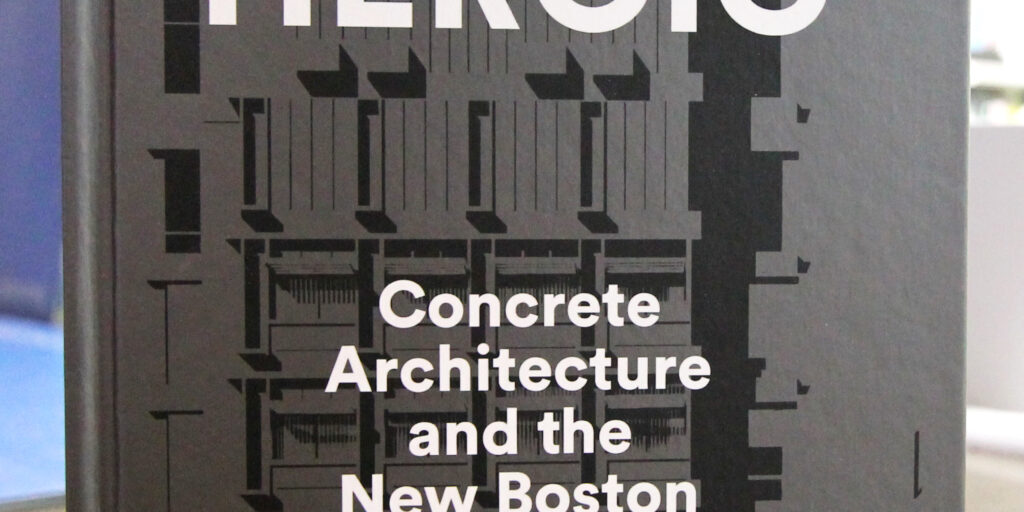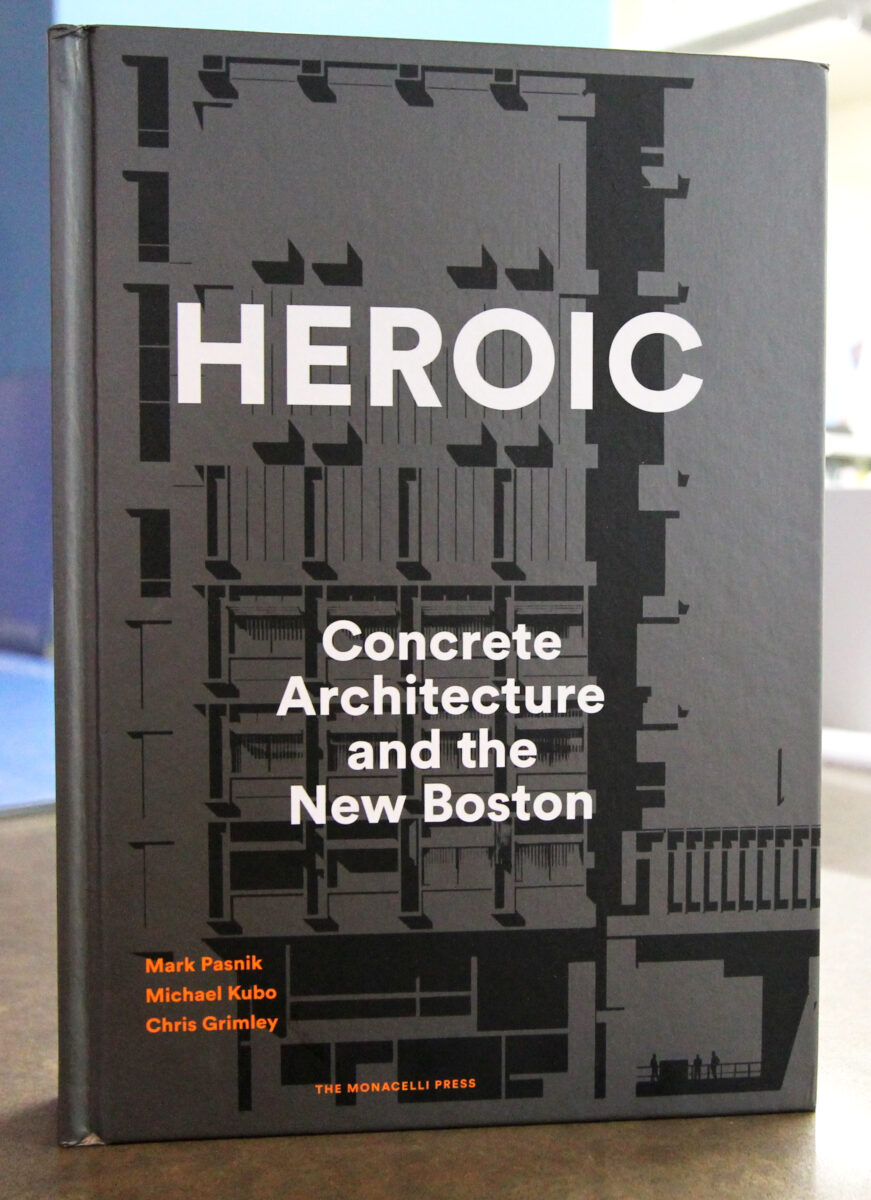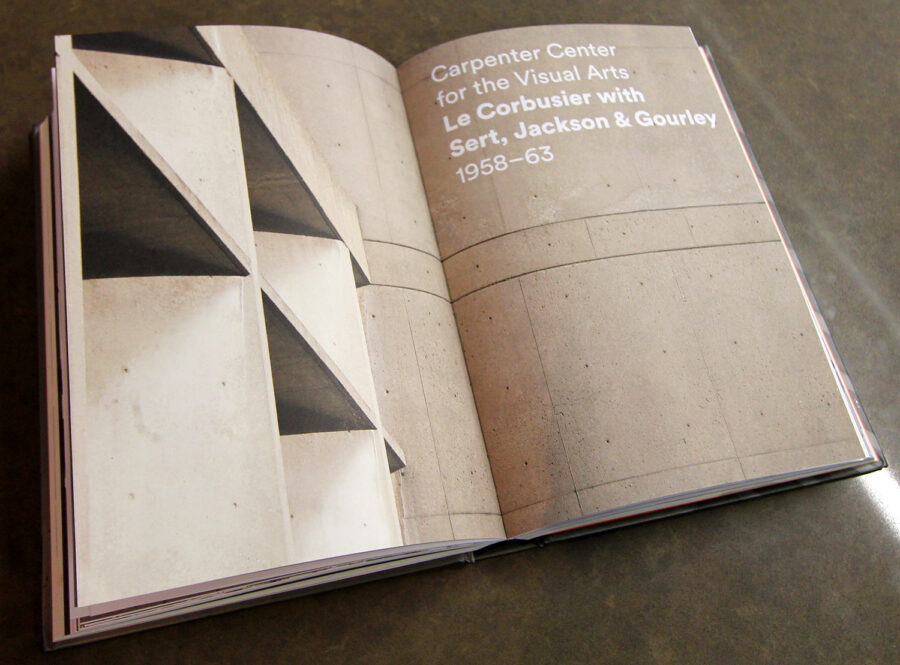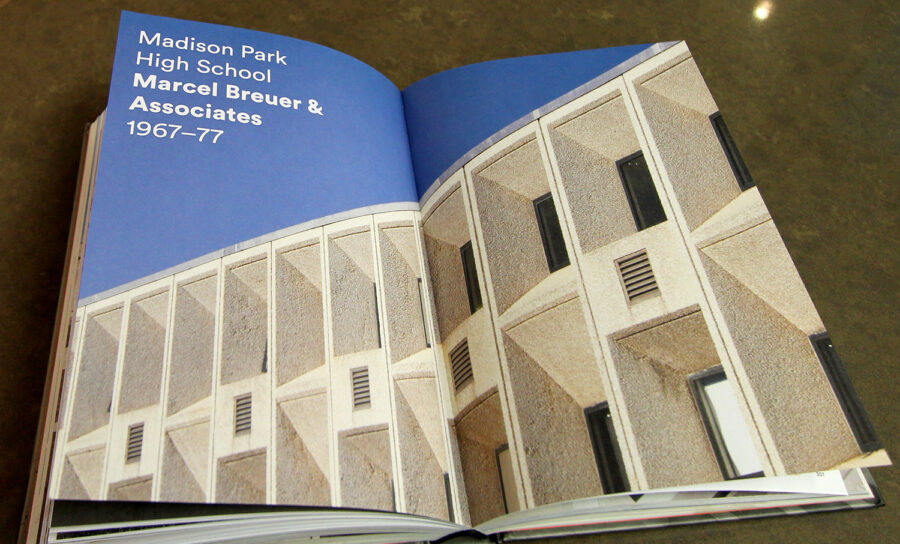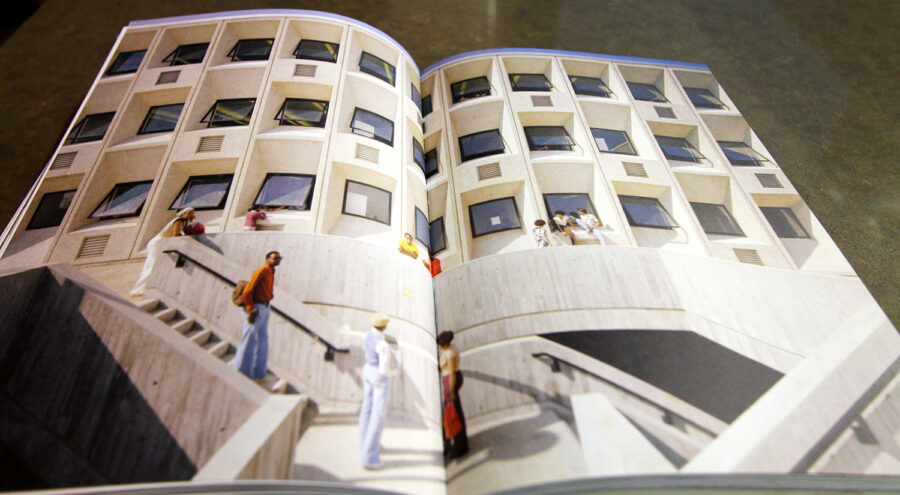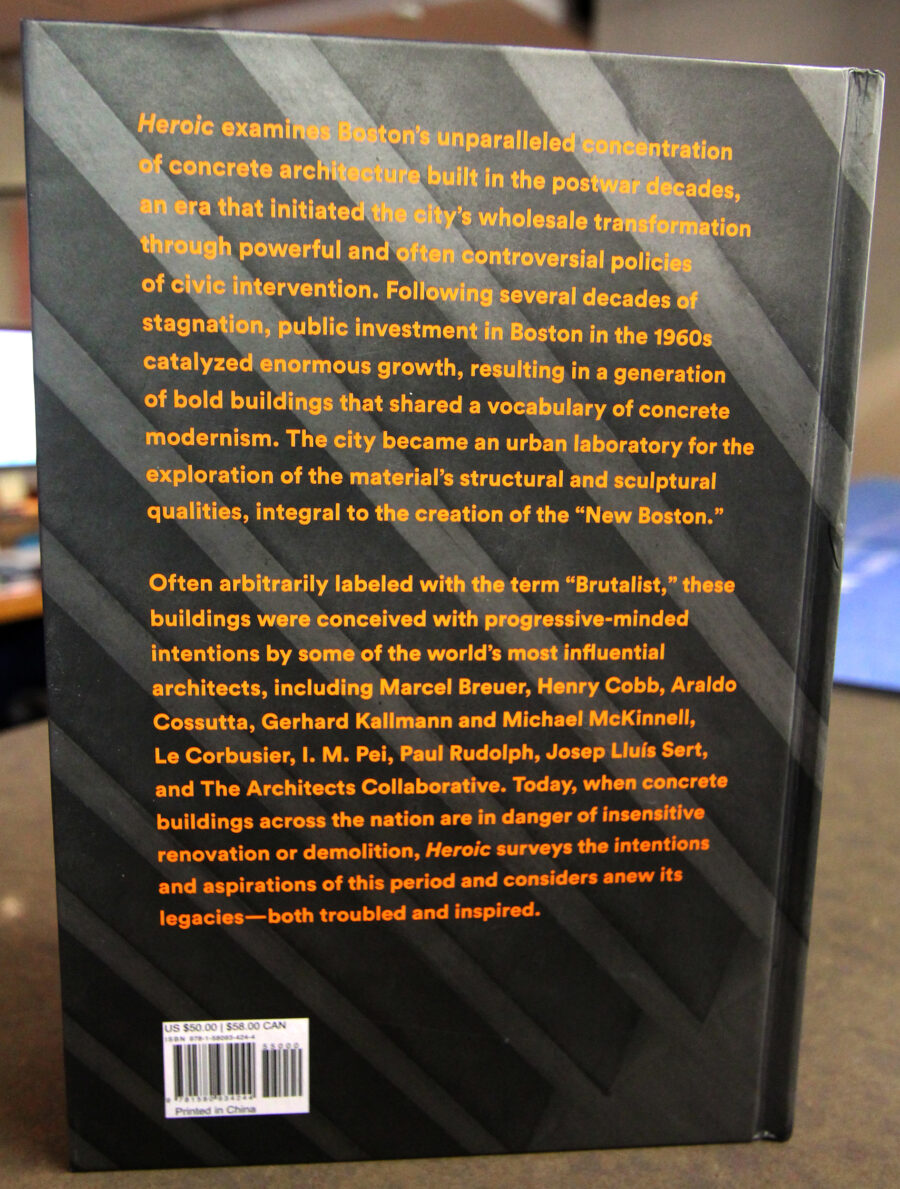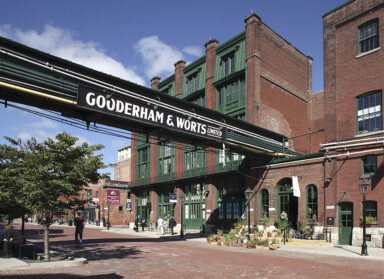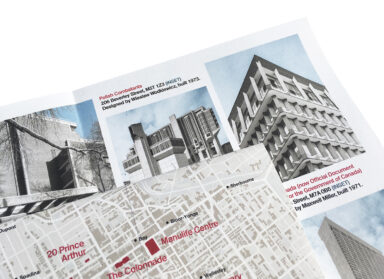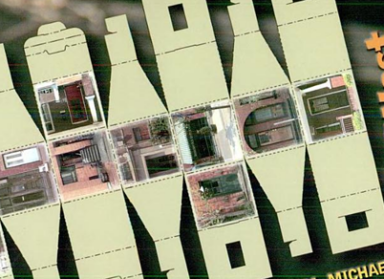It’s here! The much-anticipated book Heroic: Concrete Architecture and the New Boston, which focuses on Boston’s emerging concrete buildings of the 1960s and 1970s, is now available for sale. ERA had previously posted a blog in preparation for it’s release, and now we’re excited it’s finally arrived. You can buy the book at Amazon and Chapters.
Heroic tracks Boston’s flourishing of concrete modern buildings from the 1960 arrival of Edward J. Logue as the director of the Boston Redevelopment Authority to the 1976 reopening of Quincy Market. Analyzing this chronological trajectory illustrates Boston’s engagement in examining concrete’s sculptural and structural qualities. This period produced what we now refer to as “New Boston,” a period of development characterized by widespread revitalization. Authors Mark Pasnik, Chris Grimley, and Michael Kubo argue that the architects and designers that created the concrete buildings of Boston had progressive intentions. Professionals, such as Marcel Breuer, Le Corbusier, Henry Cobb, and Araldo Cossutta, and their work are exhibited and discussed in Heroic, highlighting their uniqueness amidst the concrete building boom. Although “brutalist” architecture is a global phenomenon, Boston’s concrete buildings were utilized for more diverse initiatives, including cultural and academic projects.
This book recalls Concrete Toronto: A Guide to Concrete Architecture from the Fifties to the Seventies, which similarly tracks the popular flurry of concrete buildings. Both texts aim to archive and make accessible the history of concrete architecture, which today is threatened by insensitive renovation or demolition.
In the face of architecture’s changing attitudes towards concrete buildings, the authors of Heroic have put forth The Heroic Project. The project is described as “a book and an advocacy web archive that examine the impact of Boston’s concrete modernism form the 1960s and 1970s.” Visiting the website will allow you to gather information about their campaign, read their blog posts, and join the conversation surrounding the project.
